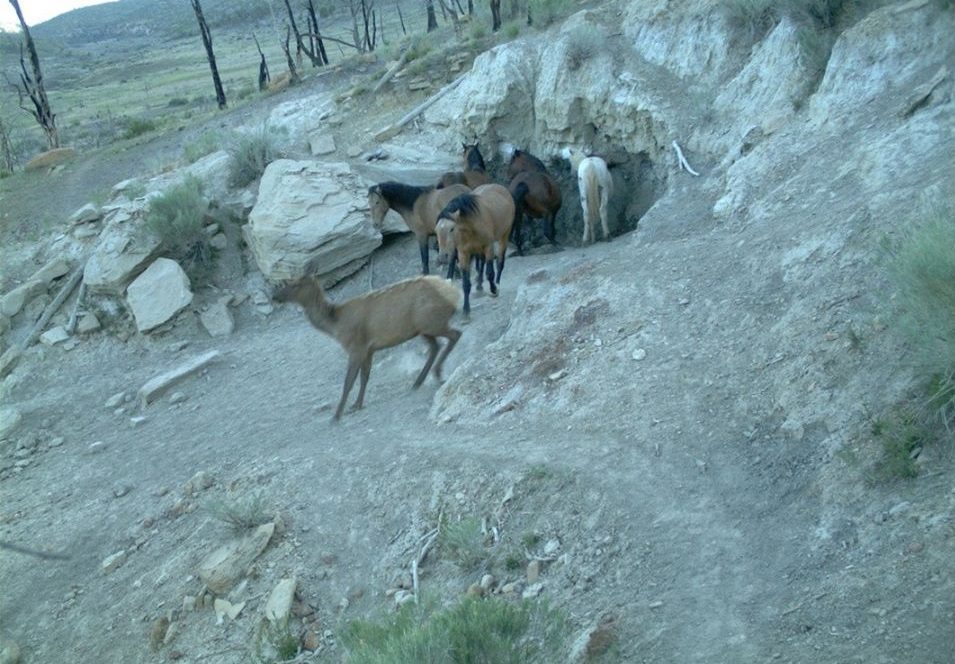Below is a news release from the Bureau of Land Management. The Rocky Mountain Elk Foundation is a member of the National Horse & Burro Rangeland Management Coalition, a collaborative group of organizations advocating for commonsense ecologically-sound approaches to managing horses and burros to promote healthy wildlife and rangelands.
The Bureau of Land Management recently received two favorable decisions from the U.S. Court of Appeals for the Ninth Circuit that support the agency’s on-going efforts to address a growing overpopulation of wild horses and burros on public lands.
“Reducing the overpopulation of wild horses and burros on public lands is critical to protecting land and herd health,” said BLM’s Deputy Director for Policy and Programs William Pendley. “I am encouraged that the Ninth Circuit found the BLM is properly exercising its statutory authority to manage wild horses and burros as we take on this challenging work.”
In American Wild Horse Campaign v. Zinke, the Ninth Circuit upheld BLM’s National Environmental Policy Act analysis of the effects of releasing a limited number of geldings (neutered male horses) back to public lands as part of a population management plan. Managing a portion of a herd as non-reproducing geldings helps BLM to make progress towards appropriate management levels on public lands while reducing the number of animals that are removed from the range and placed into off-range holding facilities. Last year the BLM spent nearly $50 million to care for unadopted wild horses and burros in off-range corrals and pastures.
In a second case decided last week, Friends of Animals v Silvey, the Court reaffirmed BLM’s use of wild horse and burro management plans that cover a ten-year period, which allows for a phased approach to reducing overpopulation in a wild horse or burro herd. A phased approach allows BLM to incorporate fertility control measures in order to slow the population growth rate and reduce the number of animals requiring removal from the range in the long term. The Court also found that BLM sufficiently analyzed the effects of releasing geldings back to the range as part of a herd management plan on the environment and the genetic diversity of the herds.
The BLM is responsible for managing and protecting wild horses and burros as part of a thriving natural ecological balance on public lands as directed by the 1971 Wild Free-Roaming Horses and Burros Act. The agency achieves this objective primarily by gathering and removing excess animals from the range and offering them for adoption or purchase at facilities and events around the country.
